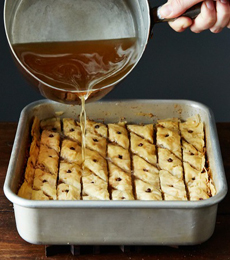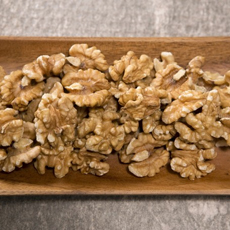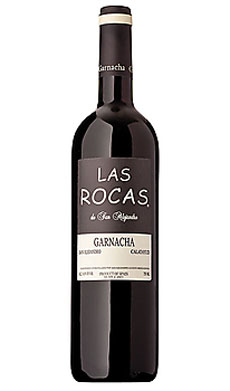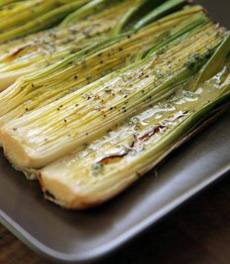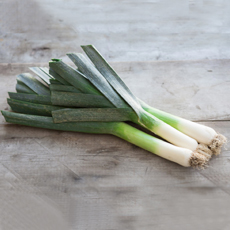
SweeTango juice and apples, now in stores
nationwide. Photo courtesy The Next Big
Thing. |
|
While October is National Apple Month, today, September 20th, is International Eat An Apple Day. There are so many varieties of apples, our tip is to step outside of your apple comfort zone and try something new.
Our favorite apple, Honeycrisp, has an offspring: SweeTango. Introduced in 2009, SweeTango combines the best qualities of the Honeycrisp (released in 1991) and Zestar (released in 1998) varieties. It has the crisp texture of Honeycrisp and the juiciness of the Zestar, with notes of citrus, honey and spice.
The SweeTango was born at the University of Minnesota, where expert apple breeders, using time-honored horticultural techniques, struck gold by marrying the Honeycrisp and Zestar varieties. If you were about to ask, the brand tells us that Honeycrisp was the bride, Zestar the groom, both varieties with crisp flesh.
The offspring of marrying the rootstocks created the Minneiska, a hybrid tree. But since “Minneiska” doesn’t have a commercial ring to it, the apples were christened (and trademarked) SweeTango.
|
A growers cooperative was formed, includes some of the best apple growers in the world and called Next Big Thing. They are the only farmers who can grow SweeTango—an arrangement that allows the breeders to maintain top quality.
A seasonal apple harvested in early fall, SweeTango is available during apple season across the U.S. and Canada. Enjoy it as a hand fruit, or with stronger cheeses such as blues and Cheddar.
For more information, visit SweeTango.com. Use the store locator to find a retailer near you.
|
|
DOES AN APPLE A DAY KEEP THE DOCTOR AWAY?
According to HowStuffWorks.com, the first printed mention of this saying was in the February 1866 issue of the British publication Notes and Queries, still in print and still focused on reader questions about the English language and literature, lexicography, history and scholarly antiquarianism.
The publication printed the proverb thusly: “Eat an apple on going to bed, and you’ll keep the doctor from earning his bread.” But does it, really?
No more so than many other fruits. Most ailments cannot be cured by diet alone, and nutritionists would recommend a varied selection of fruits: citrus fruits, tropical fruits like mangos and a variety of berries, which pack a nutritional punch.
Here’s what the nutrients in apples can do for you.
An apple a day can reduce the risk of diabetes, high blood pressure and many types of cancer. Various studies show health benefits when participants eat an apple between three and five times a week.
|
|

Sliced SweeTango apples with Shropshire Blue cheese and almonds. Photo courtesy The Next Big Thing.
|
|
The pectin in apples is a soluble fiber than lowers both blood pressure and glucose levels. It can also lower the level of LDL, or bad cholesterol. Like other forms of fiber, it helps maintain the health of the digestive system.
Boron, an abundant nutrient in apples, supports strong bones and a healthy brain.
Quercetin, a flavonoid (antioxidant), may reduce the risk of various cancers, including breast and lung cancer. It may also neutralize free radical damage, which has been implicated in a variety of age-related health problems, including Alzheimer’s disease.
The phytonutrients, including vitamins A, E and beta carotene, also fight free radical damage, reducing the risk of heart disease, diabetes and asthma.
Last but not least, the vitamin C boosts immunity, which helps maintain overall health.
Other fruits have specific benefits.
Bananas are loaded with potassium, which is important for a healthy heart and proper muscle function.
All berries are good for you. Apricots, fresh or dried, are high in beta-carotene. Blackberries are loaded with fiber. Blueberries and cranberries help prevent and fight urinary tract infections. Strawberries contain lots of vitamin C and fiber.
In terms of juice, apple juice is at the bottom of the top 10 beverages in antioxidant power. Pomegranate juice, wine and purple grape juice at the top, with apple juice in the tenth spot, right behind tea. One of the healthy benefits of apples—the high amount of fiber—is lost during juicing.
So why the adage, and why has it been passed from generation to generation for 148 years?
First, at the time the expression emerged, understanding of nutrition profiles was not what it is today. Next, apples were a bountiful crop in England; once harvested, they could remain in storage for nearly a year, providing one of the few sources of fresh fruit during the winter months.
And, within that longevity is truth: Recent studies have shown that, unlike many fruits and vegetables, the nutritional benefits of apples remain relatively stable as long as 200 days after harvest.
So by all means, enjoy an apple a day. It’s still one of the better sweet things you can munch on.
|
|


